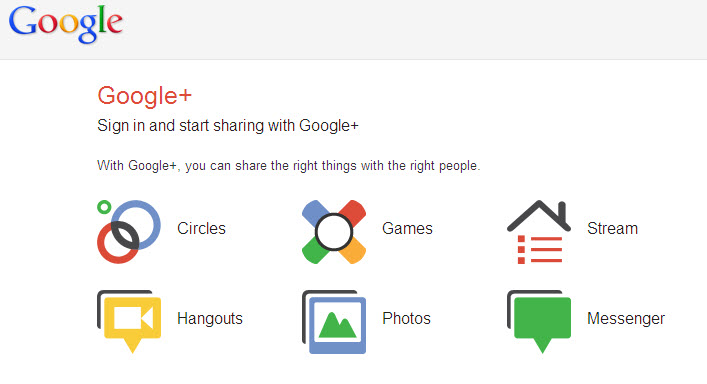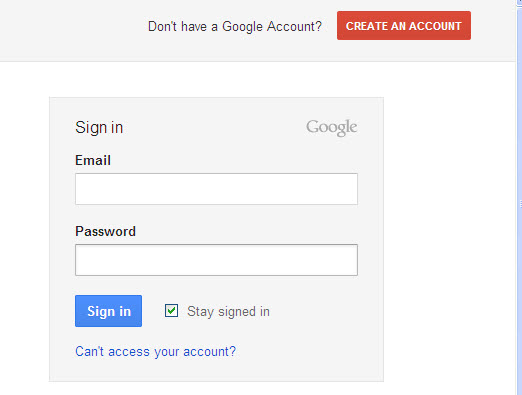Google’s persistence in developing its new social network, Google Plus, provides a key lesson for small business marketing. Google obviously sees Google Plus as an evolution, not an end point. You only have to see the frequency of updates and changes to Google +, to realize that Google’s persistence in developing a state-of-the-art social network is contributing to its continuous refinement.
[Photo Credit: rikkis_refuge]
The value of persistence for small business marketing
In an earlier article on Ezinearticles.com, I wrote about the value of persistence in relation to affiliate programs and described the benefits in terms of the 4 R’s – resources, realization, relationships and rewards.
These benefits also apply to small business marketing in the following way:
- Resources – you get to know what is available and how to access it for free or at a reasonable price; you also identify resource people who can help you with your small business marketing
- Realization – this is a central benefit and represents the core learning outcome from persistence. You get to know what works best for your small business in terms of marketing ( e.g. you may learn that marketing your services are best achieved by combining social media marketing with word of mouth). Realization comes with focus, persistence and experimentation
- Relationships – you develop relationships with other small business marketers, your customers and key resource people who can work with you through collaborative marketing (as I do with my colleagues, Anne Corcino of SEOPraxis.com and Chef Keem).
- Rewards – the rewards for your persistence as a small business owner include the consolidation of your personal profile and brand which in turn can lead to increased customers, free access to resources and free publicity as others promote and share your content and write positive reviews about your products and services.
I want to concentrate here on the realization benefits that accrued to Google through its persistence in the development of its social network.
Google Plus and the’realization’ benefits of persistence
The precursors to Google+, Google Wave and Google Buzz, were effectively learning laboratories for Google as it came to grips with the difference between running a search engine and guiding a social network.
Google realized three key aspects through its persistence in developing Google Plus:
- The value of the scarcity principle – Google Plus was offered initially as ‘invitation only’ and people were falling over themselves to get an invitation from someone already in the Google+ network (this also worked to build Google+ circles rapidly)
- The importance of participation and flexibility – where you have a monopoly you can afford to be autocratic and prescriptive (as Google is in relation to search, Google Adwords and Google Adsense) but where you are offering an entirely new service, outside your normal experience, you need to be participative and flexible
- The difference between a search engine and a social network – a search engine can operate through coercion and forced compliance; a vibrant social network requires winning minds and hearts.
The evolution of Google Plus illustrates the realization benefits that can accrue from persistence. Other writers have expanded on the value of persistence for small business marketing. One writer suggests that persistence makes the difference between success and failure in small business marketing:
Persistence: The Difference Maker
Google has been able to develop Google Plus as an effective social network through its persistence in pursuing this corporate marketing strategy (despite early failures) – a key lesson for small business marketing.









